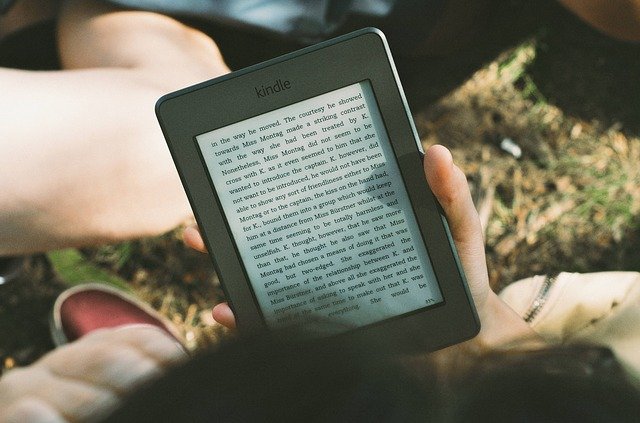Sign up for our daily edtech news briefing today, free.
Reading is so important, but getting physical books into students’ hands is not always possible. This issue is especially pressing now during the pandemic, but not entirely new, as school vacations and lack of library staffing have always been a limiting factor in print book access.
While curbside pickup is currently available from many school and public libraries, it is not an option for everyone, due to transportation and other issues. What’s more, for many students with learning differences such as dyslexia or visual impairments, standard print books may not be appropriate at all.
Luckily, there are many e-reading resources to keep all students engaged during the pandemic. What’s more, we can use this as an opportunity to build an e-reading community for students that is inclusive of a diverse range of learning styles and needs. Here are some tips to help make it happen.
Encourage choice
Letting students choose from a variety of books and formats helps them to take ownership of their reading journey. Our job as teachers and librarians is to facilitate joyful reading experiences. This is especially important to motivate reluctant readers. Many schools and almost all public libraries provide ebooks and audiobooks for students. Some use a company called Overdrive, which offers two free apps: Sora (for schools) or Libby (for public libraries). Many libraries also have a digital library card so that you access thousands of books instantly. Check your public library website for details, or ask a school librarian.
Another resource for teachers is Epic, which features a wide variety of ebooks, read-alongs and human-narrated audiobooks. Students can browse by subject, interest level, language (Spanish, French, and Chinese are among the options). Teachers can make free Epic accounts for students to use during school days and hours, but do be aware that Epic is a for-profit service and families will be asked to subscribe if they want the optional weekend, evening and vacation access.
My students with learning differences, like dyslexia, have access to even more books through their free Bookshare account, which has almost one million books in formats like text-to-speech TTS audio, audio + highlighted text, braille and large font. I have more than one student who knows to contact me with requests. Those are my favorite emails to find in my inbox, especially knowing that if Bookshare doesn’t have the title, I can ask them to add it. Students are so excited to get the exact book they want — and usually within minutes, without the long waiting list they might need to join for the same print book.
Normalize audiobooks
There is a common misconception among students and teachers alike that listening to audiobooks is somehow cheating. This discourages students from exploring the full range of options for reading and is harmful to students who have learning differences. Some students do need audio to access the text. Integrating audiobooks as part of the curriculum for all students is one way to combat this stigma. I often visit classrooms to teach all students how to use our audiobooks, not just the few who “need” them.
Another way to encourage the use of audiobooks is by talking about how much we teachers enjoy them. I tell my students how I listen to audiobooks when I’m gardening, or out for walks, or taking a drive. This lets my students know that listening to audio is a pleasurable and valid way to read and access information. In fact, according to the Pew Research Center, the percentage of adults who have listened to an audiobook has almost doubled in the past decade.
Encourage experimentation
Let students experiment with different tools, apps, devices, voices, and other features to customize their reading experience. Students who are avid print readers may discover that they enjoy the dramatic interpretation of a human-narrated audiobook. Other students may find the steady tone and adjustable speed of a computerized voice helps them concentrate on the information being shared through the book.
Students will follow your lead. Modeling curiosity towards new books and reading tools encourages students to explore these different formats for themselves. I invite you to jump into the world of e-reading to encourage and empower your students to read now and in the future in ways that work for them.
Miranda Doyle is one of two district teacher-librarians in Lake Oswego, Oregon, just outside of Portland. She uses Sora, Epic, and Bookshare to encourage her students to become avid e-readers.
Like this article? Sign up for our Edtech news briefing to get news like this in your inbox, or check out all of SmartBrief’s education newsletters, covering career and technical education, educational leadership, math education and more.
